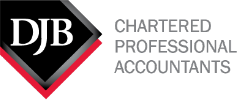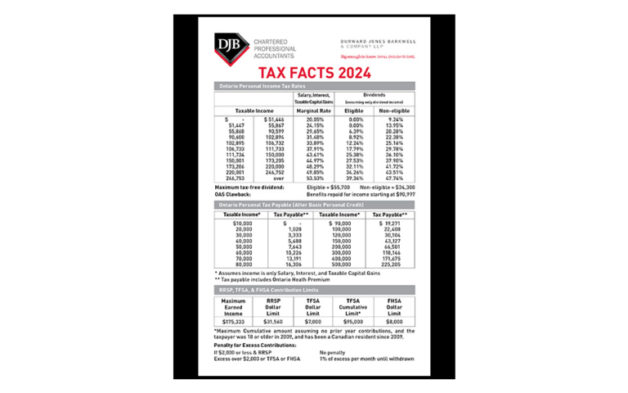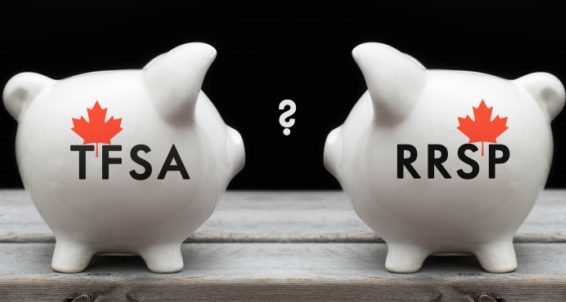Various changes and issues have arisen in respect of T-slips to be filed and processed for the 2023 year.
Dental benefits
Beginning with the 2023 year, issuers of the T4 Statement of Remuneration Paid and T4A, Statement of Pension, Retirement, Annuity, and Other Income must report whether the recipient or any of their family members were eligible to access dental insurance or dental coverage of any kind (including health spending and wellness accounts) from their current or former employment.
The T4 will include new box 45, employer-offered dental benefits.
The T4A will include a new box 015, payer-offered dental benefits. This box must be completed if an amount is reported in box 016, pension or superannuation.
CRA indicated that it is mandatory to indicate whether the employee/former employee, or any of their family members were eligible, on December 31 of that year, to access any dental care insurance, or coverage of dental services of any kind, that the employer offered.
The employer/issuer must select which of the following scenarios apply.
- Not eligible to access any dental care insurance, or coverage of dental services of any kind
- Payee only
- Payee, spouse, and dependent children 4.Payee and their spouse 5.Payee and their dependent children
Electronic Distribution
In a December 13, 2023, update to CRA’s webpage, CRA discussed the ability to distribute T4, T4A, T5, and T4FHSA slips using the issuer’s secure electronic portal without obtaining written or electronic consent from the employees or recipients. However, using a secure electronic portal is not available where any of the following situations exist:
- the employee or recipient requested that paper copies of the slips be provided;
- the employee or recipient cannot reasonably be expected to have access to the slips in electronic format at the time the slips are issued; or
- for T4s, if the issuer distributes the T4 when the employee is on extended leave or is a former employee at the time the slip is issued.
Employers/payers must also provide the option to receive these slips in paper form.
If distributing these slips by email, the employer/payer must receive consent in writing or electronic format before sending by email.
Electronic filing thresholds
Effective January 1, 2024, certain information returns must be filed electronically with CRA where more than 5 information returns (reduced from 50) of a particular type are required for a calendar year. The impacted information slips include forms NR4, T5007, T5018, T4ANR, T5, T5013, T4A, T4, and T3. A penalty of $125 will apply where between 6 and 50 slips are filed on paper.
Errors on T-slips
In a recent communication, CRA addressed the concern that auditors and appeals officers may base a decision on issued T-slips without considering the possibility that the issuer made an error in their preparation.
CRA stated that it is the taxpayer’s responsibility to verify the validity and accuracy of the information slip. If the taxpayer notices an error, the taxpayer should contact the issuer to attempt to discuss/resolve the issue. CRA noted that they cannot validate the accuracy of a slip as the relevant information to do so is retained by the issuer and the taxpayer. If the issuer refuses to correct the form, the taxpayer can inform CRA by filing an employee complaint with the employer accounts and services section.
When a taxpayer objects to CRA’s assessment/ reassessment, the taxpayer must provide the reason for the objection. The appeals officer should investigate the accuracy of the information slip when it is part of the disputed issue. The appeals officer may also ask the taxpayer to provide representations.
ACTION ITEM: Various changes to T-slip completion, filing, and distribution are effective for 2023 slips, filed in early 2024. Ensure that these changes are incorporated into your business processes.










